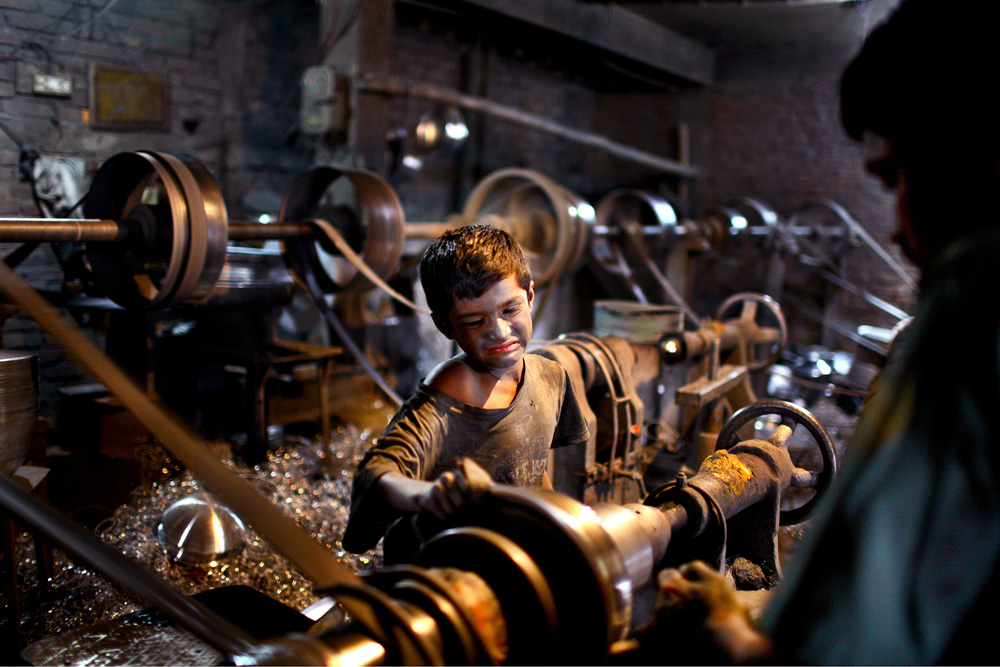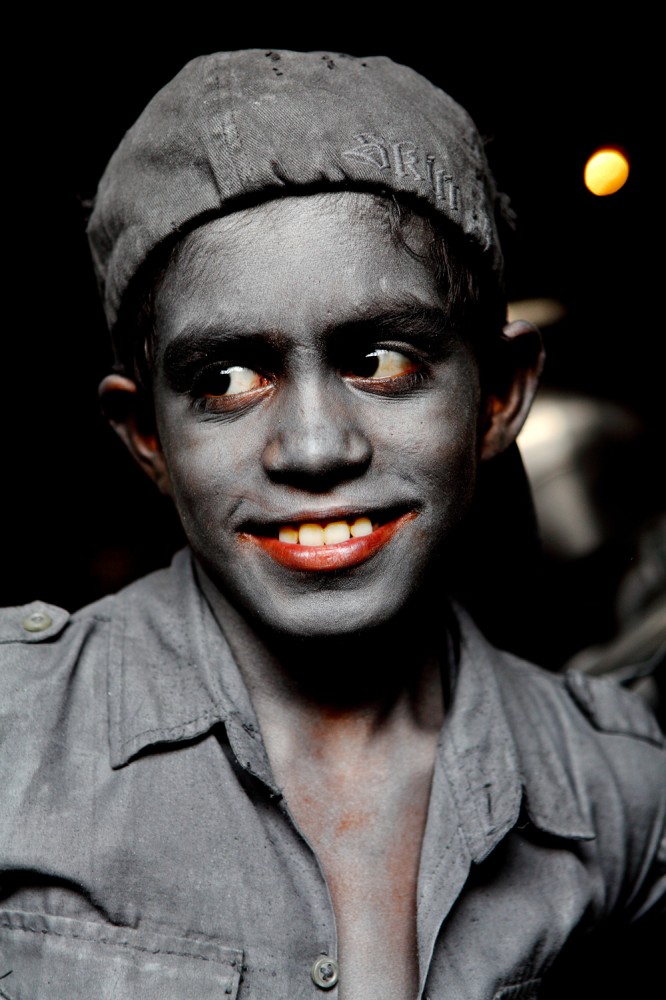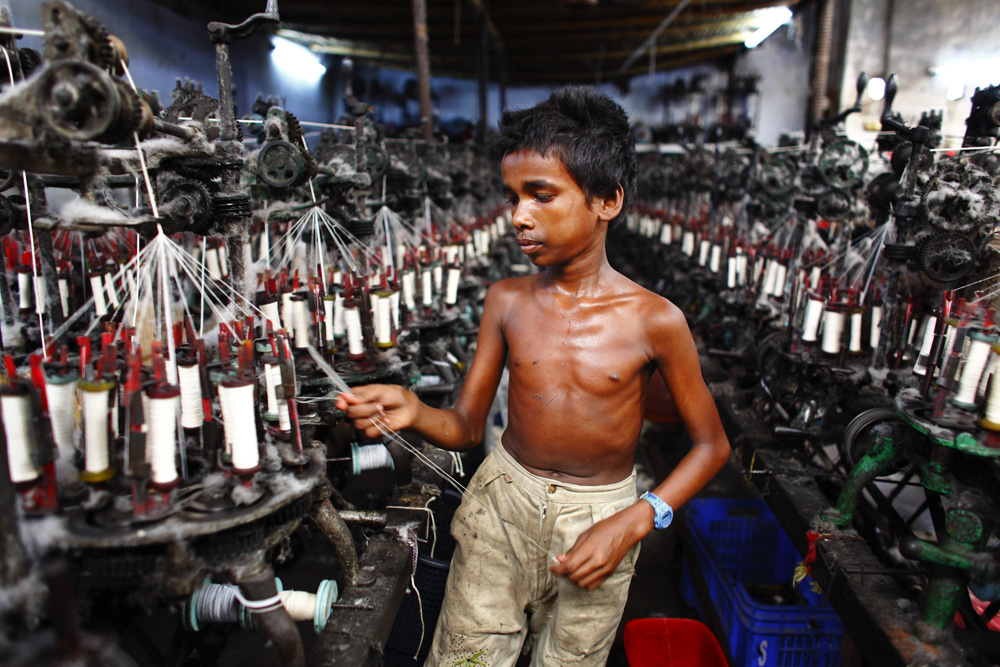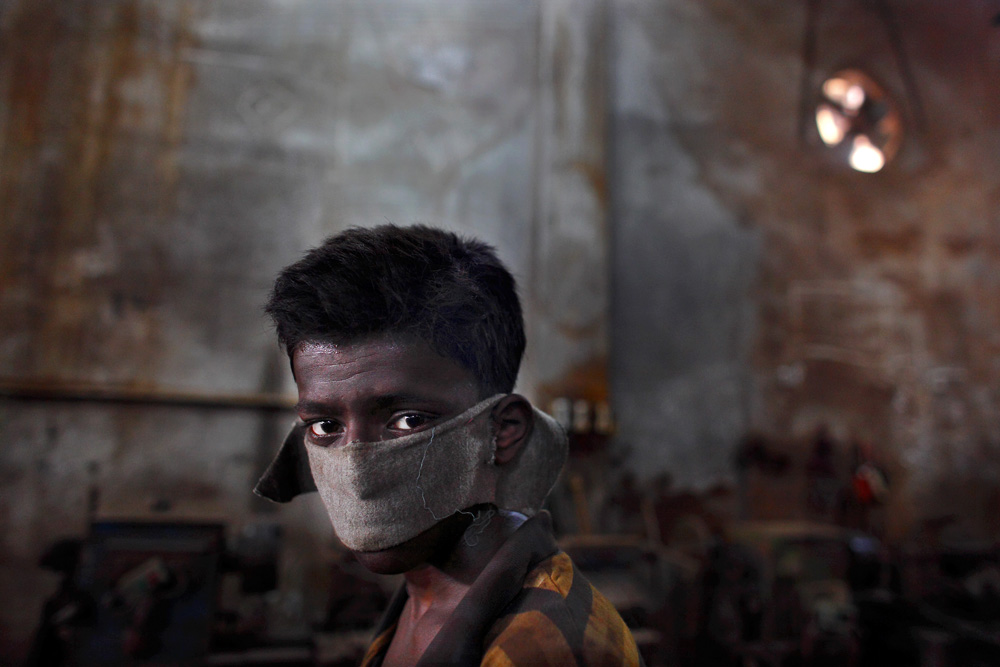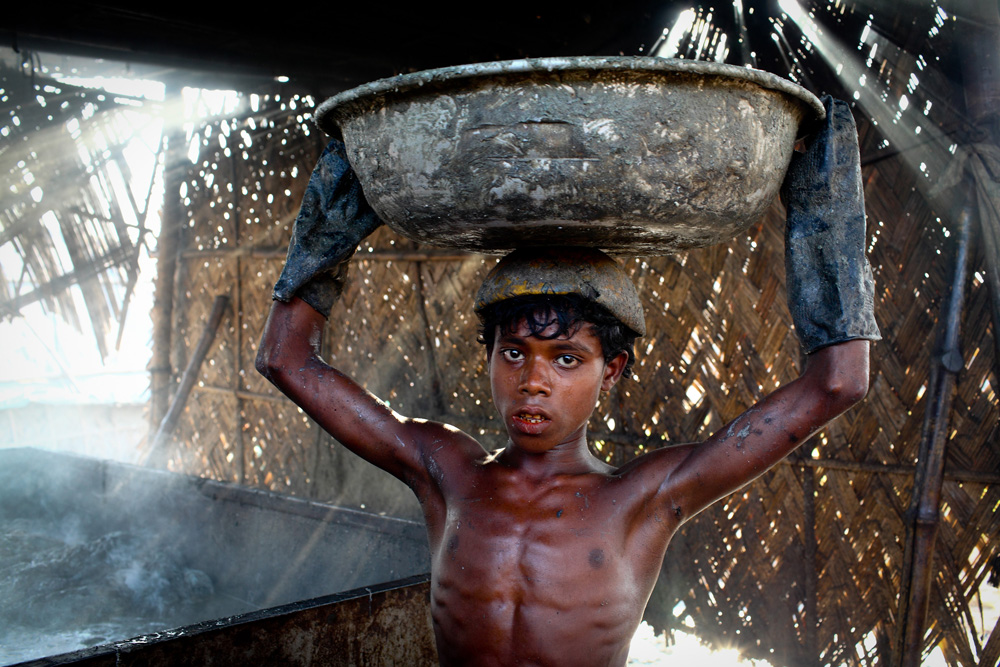Angels in Hell
“Could you exchange a day with me in my place with your own child? Could you deposit your child to labor in such a place for a day to get $1? If you can’t, can you please do something for us?” Frequently faced with these questions from young children who are forced into unimaginable working conditions in Bangladesh from very early ages, I was compelled to document this child labor situation in a photographic series ‘Angels in Hell’. I started documenting these working children’s lives 10 years ago as a photojournalist. I knew just “wishing to help” is not enough. Saying that the problem is insurmountable is an excuse. Shame is an insufficient word to describe how we feel by overlooking this atrocity. I was determined to bring positive changes to the lives of these abused children whom I photograph. Down in these deadly factories the word, childhood disappears as early as the age of five. Rapid maturity is all that will keep them alive. Their silent cries echo from wall to wall in the Hell which is considered a blessed place for them to earn bread. Their compact workstations in the fiery factories or even on the dusty brick-making lands are places where they are growing up independently. Speaking about the working environment of these angelic children is a heart-breaking job. Factory machines usually produce an intolerable degree of uproarious echoes at the working place of these child laborers. Further suffering is from the excessive heat that is a daily miserable factor. Textile factory workers start their day at 8 AM and finish at 8 PM. During these working hours these children try to manage to heal the pain of noise and heat by earning 1200 Tk per month ($1=75 Tk).
Growing up in a developing country filled with millions of impoverished people and abused children, I had access to the darkest corners of the world. Overwhelmed with compassion and empathy for those people in my photographs, I was determined to give a voice to the voiceless and have it heard around the world. However, at one point I realized that just effectively reporting the human rights injustices through my images was not enough. I repeatedly asked myself then; what changes have my photos brought to the lives of my subjects of abuse and suffering? I knew that as a photojournalist that it was my duty to tell the truth but besides that, as a human being I believed that it was my moral duty to find ways to alleviate the pain of abuse and poverty of those people in my photographs. It was at that time that I decided to dedicate myself to what became more than 10 years of my life to photographing 'Survivors'. This resulted in a self-published photography book depicting the invincibility of the human spirit to survive against all odds. The proceeds from the book and subsequent exhibitions go to helping the subjects in that book set up small businesses for which I train them and monitor their progress in order to make them and their families self-sufficient.
